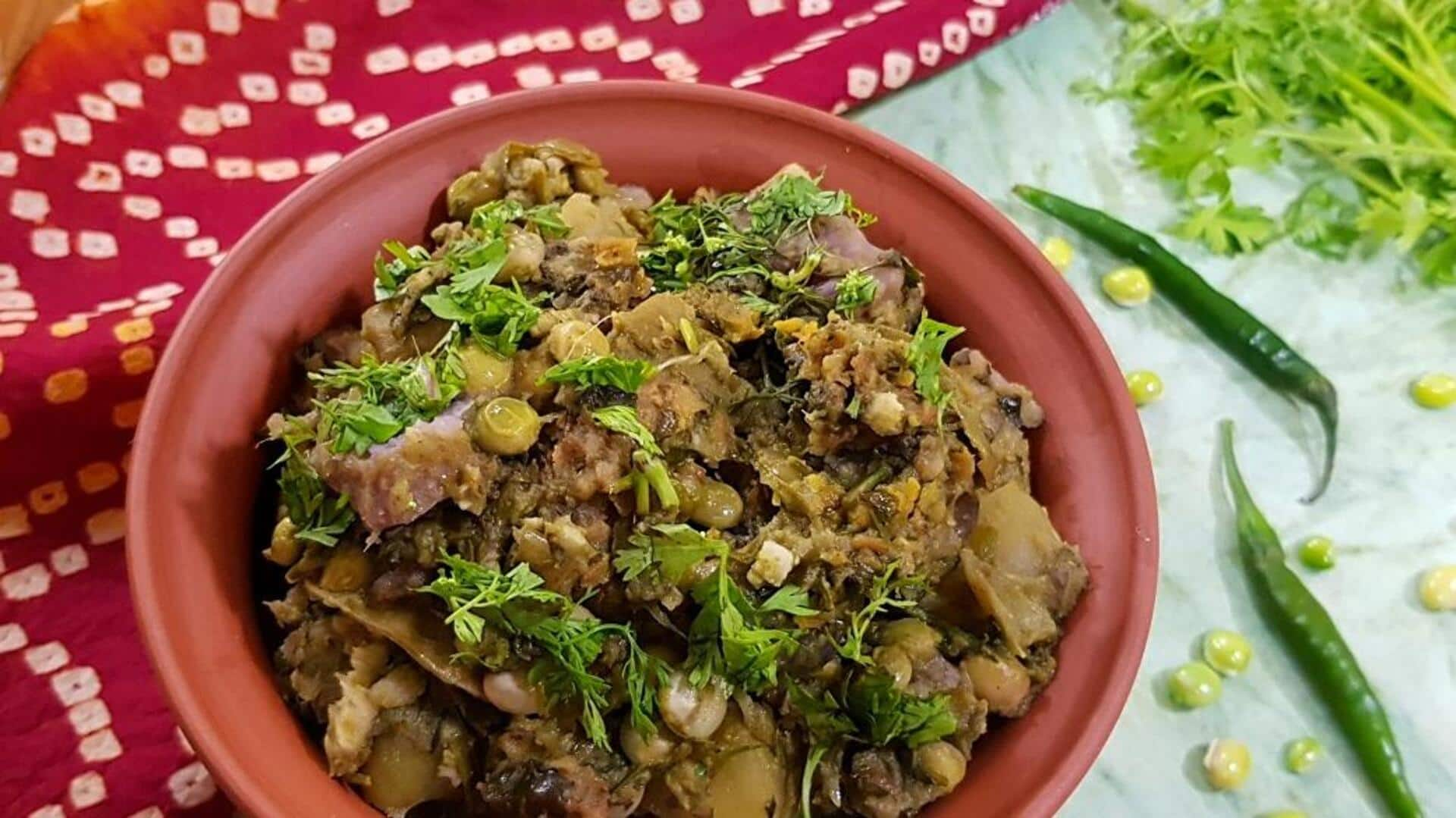
Tracing undhiyu's journey: Origin, history, and popularity
What's the story
Undhiyu is one of those traditional Gujarati dishes which generations have loved. From its unique combination of vegetables and spices to its place in the hearts of many, undhiyu is everything. Not just taste, this dish is also about Gujarat's rich cultural heritage. Over the years, undhiyu has changed, keeping with modern tastes but not losing its authentic essence. Let's see how this iconic dish has evolved through the years.
#1
Origins and historical significance
Undhiyu traces its roots back to Gujarat's Surat region. Traditionally prepared during winters, it was cooked using seasonal vegetables like yam, potatoes, and beans. The name "undhiyu" comes from the Gujarati word undhu, meaning upside down, as it was originally cooked in an inverted clay pot buried underground. This method allowed for slow cooking, enhancing flavors and preserving nutrients.
#2
Ingredients: A symphony of flavors
The ingredients in undhiyu is a testimony to its complexity and depth of flavor. It usually features a combination of root vegetables (sweet potatoes, purple yam) and green beans (surti papdi). Spices are key to its taste profile; cumin seeds, coriander powder, turmeric, and garam masala are typically used to create a delightful medley that tickles the taste buds.
#3
Cooking techniques: Tradition meets innovation
While traditional methods involved slow cooking in earthen pots over open flames or underground pits, modern kitchens have adapted these techniques using pressure cookers or ovens for convenience without compromising on taste or texture. Wrapping the ingredients in banana leaves before cooking them adds another layer of aroma while keeping them moist during preparation.
#4
Regional variations across Gujarat
Different regions in Gujarat have their own variations of undhiyu. It depends on the availability of produce or preference for spice levels. Additionally, it is also dependent on the combination of ingredients in each household recipe.